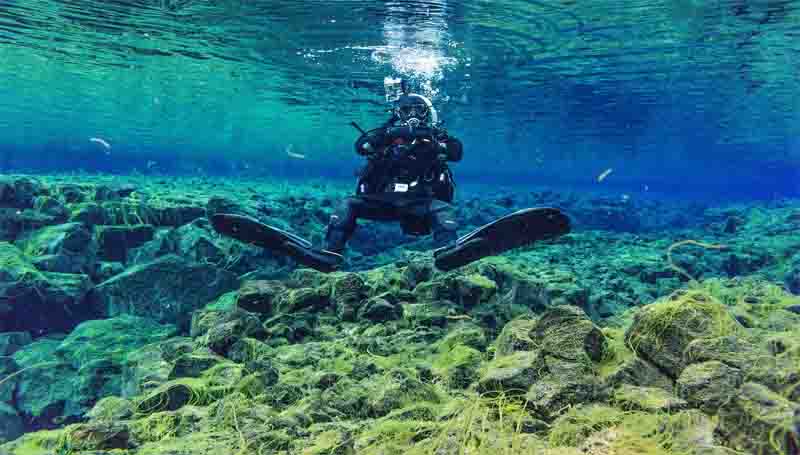Evolution Of The Sauna Heater

The sauna and the first sauna heater were invented in Finland over 2000 years ago when the Finns discovered the many health benefits of saunas. It was so much a part of their culture that Finnish emigrants took the sauna tradition with them wherever they went, introducing it to other countries and cultures. Since then, it has become prevalent all over the globe while remaining an integral part of life in Finland itself.
The sauna experience is revered and honored in Finland, to the point that it is viewed as a spiritual, almost sacred practice. It provides several health benefits, including:
• relief of muscle soreness • clearing of respiratory system • easing of discomfort from arthritis • cleansing of body toxins • improved circulation • relaxation and stress relief
so how does a sauna generate the heat and moisture necessary to make it such an enjoyable experience? Let’s take a look.
The First Sauna Features
the key to any sauna is the heater, which has evolved tremendously since the first saunas were built into underground embankments. Written records dating back to 1112 describe the first saunas as using stones for heaters, with the rocks first being heated using a wood fire in a stone stove. This method continued as the fins progressed to above-ground saunas built with large logs.
The wood fire method of heating a sauna was a slow, smoky process. It took up to 12 hours to bring the room to the proper temperature, and smoke from the wood fire remained in the sauna, turning the inside black with soot. The smoke was eventually vented through a small air hole in one of the walls so that bathers could finally enter the sauna and begin soaking up the benefits.
Improvements To The Sauna Heater
over time, sauna heaters evolved and improved as technology changed. The open wood fire eventually gave way to metal woodstoves that used a chimney to vent smoke to the outside. This type of heater still took a great deal of time to properly heat a room, though, so the sauna did not indeed surge in popularity until the advent of electric sauna heaters in the 1950s.
For the first time, saunas could be quickly and efficiently heated using the convenience of electricity instead of the traditional wood fire. This improvement made it easier to own and enjoy a sauna, helping to spread it even further into the mainstream of other cultures.
Today’s Sauna Heaters
today there is a wide range of sauna heaters available, including electric, gas, traditional wood-fired, and infrared. These heaters offer unprecedented choice and convenience for sauna enthusiasts, making it easy to put a sauna just about anywhere you want. Modern heaters also make it possible to enjoy a wet sauna, a dry sauna, a sauna room using infrared heating elements, or a combination of these choices.
Sauna heaters still use stones to heat the sauna room, but they can be pretty sophisticated in how they heat the sauna, regulate the temperature of the air and the rocks, and use energy as efficiently as possible. They transfer heat to your body by combining radiant heat, heat-conductive materials, and air convection to circulate heat and moisture.
Basic Heaters
the most basic sauna heaters can be wall-mounted or floor-mounted. In the case of a wall-mounted electric heater, the thermostat is usually located toward the bottom of the heater itself, so it does not measure air temperature within the sauna accurately. A floor-mounted heater is a bit more accurate since the heater is located at the bottom of the sauna, and the thermostat is located on a wall about one foot (30 cm) from the ceiling.
While primary heaters bring a sauna up to temperature reasonably quickly, they struggle to keep the air and the stones at the correct temperature in some circumstances. For instance, if the room is left unoccupied for an extended time, the air might stay hot, but the stones themselves may cool down enough to where they can’t provide enough steam for the room. Other problems with maintaining proper heating can occur if the room suddenly fills with many bathers after being left empty for a long time or if traffic in and out of the sauna is so frequent that the heater has trouble keeping the room up to temperature.
Advanced Heaters
more advanced sauna heaters have multiple phases of heating control to control the sauna temperature better. Some have two heating elements, one of which stays on continuously, and the other kicks on when extra heat is needed. Other heaters have separate temperature controls for the stones and the air within the sauna so that both stay appropriately heated. There are even heaters that have special lids and fans to help adjust and control heating for a variety of everyday usage situations.
Infrared heaters have gained popularity in the last decade as they provide a different type of sauna experience that many people prefer. Infrared heating radiates warmth directly to your skin, much like the sun does but without the sun’s harmful ultraviolet rays. Infrared heat penetrates beneath the skin up to one to two inches, which can be particularly enjoyable and helpful to people living with arthritis and others with joint and muscle pain.
Many sauna traditionalists discount the use of infrared heaters as not fully providing an authentic sauna experience, but other sauna lovers find infrared to be just as or even more beneficial than a traditional set-up. The best way to find out which type of heater you prefer is to use both kinds several times if possible. This will help you decide which experience you like so that when you install your sauna, you can select the best heating unit that will best meet your needs.




